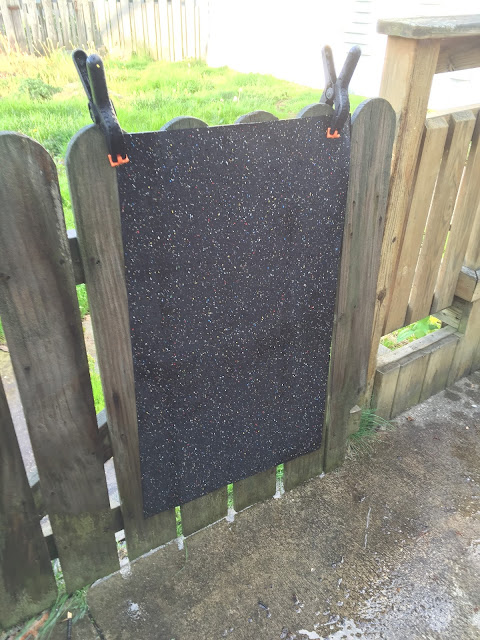After posting
Wordless Wednesday #84 I was surprised to have a few people express interest in the little Kenwood depot. This got me digging through my collection for more info and photos to share regarding this obscure spot on the Wheeling.
For starters the Nickel Plate Road's 1954 Databook on their W&LE District contains only the following on Kenwood.
Kenwood (M.P. 189.4)
- Controlled passing siding - capacity 57 cars.
- Storage sidings (2) - capacity 82 cars.
- Main lead to Heil Coal Co. tipple. Tipple not in operation in 1953. Turnout has been removed.
Not even a mention of the little depot but it was certainly still there up until the mid 1970's as seen in
Wordless Wednesday #84.
I would bet the area once had a small mining community that gave this location the name of Kenwood, much like the long gone villages of Herrick or Robyville that once dotted the valley along the Short Creek. Areas that are only marked by a unused siding near a "gob" pile or small yards that once served the nearby mines.
Here's a track diagram of the area circa 1960.
The Heil Coal spur would've started off the mainline and just to the right of the Public Road in the middle of the map. There the spur crossed the Short Creek where you can still see the bridge mark on the map and extended to the tipple near mile post 190. In fact the
USGS aerial image of that area from April 18 1958 still shows the Heil Coal tipple standing (see my "
How to use the USGS EarthExplorer website" post for more info) but the track is long gone.
While the only tipple at Kenwood ended production before 1953 there was still plenty of coal mining nearby during that time period according to the NKP 1954 Databook. For easy reference I consolidated all the mining info in the Databook into a spreadsheet named the
NKP Wheeling District Coal Production in 1953 that can be found in the upper left under Useful Links.
To the north was the large strip mining operation of Hanna Coal's Kenvale Mine responsible for 16,000 car loads and the Y&O Nelms Mine also pulling 16,000 car loads of coal from its deep mining operation. Nearby to the south was the short Hurford Branch supporting the Fremont Mine, a small strip mine run by Tasa Coal that dug up over 700 hopper loads of coal in 1953. Because of all the nearby activity, Kenwood still had use as a place for hopper storage.
In the below photo (possibly a JJ Young Jr. photo) Berkshire 712 pulls a cut of hoppers out of the storage tracks while its caboose waits on the siding.
 |
| 712 works the storage tracks at Kenwood, Ohio 1950's. Photo is looking SE toward Adena. |
For another photo of the Kenwood station in the 1950's check out page 10 of
the 1984 Fall edition of the Nickel Plate Road Magazine by the NKPHTS.
If you are a member of the NKPHTS you can access past magazines for free
at
http://www.nkphts.org/members/
At one time however, Kenwood did host to two maybe three mines in the 1920's. Close examination of the next two photos reveals three potential coal mines. Two mine spurs, one in front of and one behind the depot and a hilltop mine in the distance that might lead to a third tipple (This also seems to be where the Heil Coal tipple is located). Let's not also overlook the great views of the Kenwood Depot in its heyday!
 |
| Kenwood Depot, Kenwood, OH 10-19-1925 (CSU Archives,W&LE Collection) Photo is looking NW to Brewster/Toldeo. |
 |
| Kenwood Depot, Right of Way and Mine Branches at Kenwood, OH possibly late 1920's - early 1930's(CSU Archives W&LE Collection) Photo is looking SE toward Adena. |
Fifty years later in 1975 the small depot has fallen into disrepair as seen in the Wordless Wednesday post. I haven't discovered when it was torn down.
Recently while browsing a railfan group following the modern W&LE on Facebook, I ran across a photo taken at Kenwood in the years before the Norfolk & Western would sell off the old W&LE. The photo looks westbound (NW toward Brewster) and the CTC signals still guard the tracks. Based on the other photos in this post I figure the photographer is standing right next to the depot or where it once stood.
 |
| W&LE Signals Kenwood Siding 1980s, Gene P. Schaffer Photo, W&LE Facebook Group |
The new Wheeling & Lake Erie's Valley line now ends just a few hundred feet north of the old Kenwood Depot where Unionvale-Kenwood Road crosses the tracks. A gravel facility has been built next to the track but a unloading ramp now buries the mainline severing from Adena and points east.
I've made a
link in Google Maps to near the spot where the depot once stood. If you explore the maps link, notice also all the natural gas pipeline construction in the area. Perhaps the gravel facility built on the mainline supports this operation. Once coal mining ruled this area, now Natural Gas from fracking has stepped in to fill the economic void.
I hope you enjoyed this look at Kenwood, one of many spots on the Wheeling now slowing being reclaimed by nature.
 |
| Eastbound looking toward Kenwood at the Unionvale-Kenwood Rd crossing. 4-9-2014 Chris Ellis Photo |
|
|
|



















